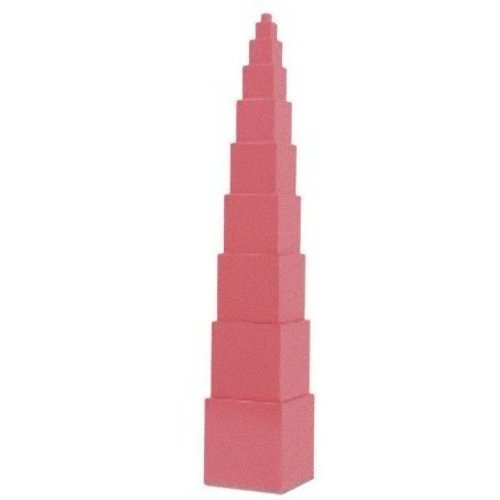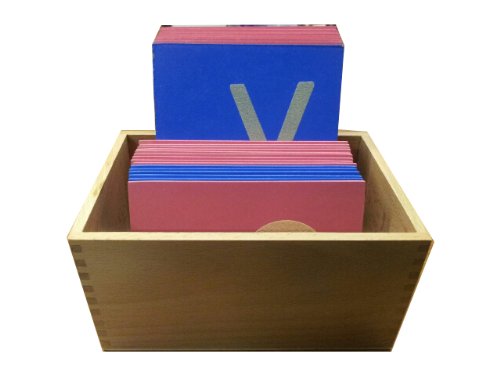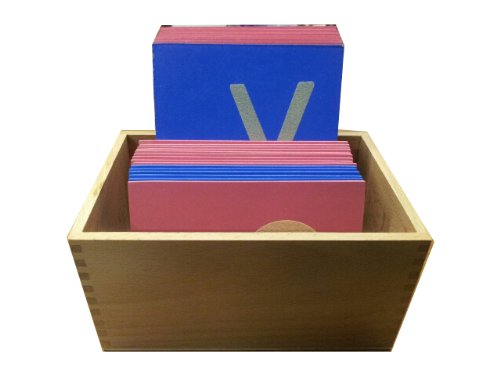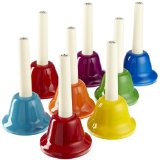Montessori Classroom Theory
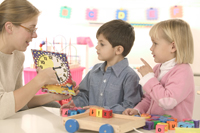
The curriculum in a Montessori school will include life skills, math, language arts, music, art, natural science, library and usually geography and history as they relate to the child. Maria Montessori created some basic materials still used in Montessori preschools today. She felt that the best way for children to learn was to manipulate materials (hands-on activities). Most of her materials were created so that they had a built in element to help children self-check their work.
Some of the most well known materials are the “pink tower,” “sand-paper letters(upper case and lower case) ” and the “tone bells.” Click the pictures to read more information.
She developed materials for each subject area. These materials are placed on the shelf from left to right and top to bottom going from the simple to the complex and concrete to abstract. Children can work with a particular material until they feel they are ready to continue on to the next level. Many materials can be used over and over again to teach a different skill at varying levels of development.
The adults in the classroom are called directresses or guides rather than teachers. These adults have been trained in Montessori methods. The job of these adults is to facilitate learning. The children choose what materials they want to work with. They are allowed to work with those materials until they are satisfied that they have mastered a particular skill. The directress does not work with large groups of children but works with individuals or small groups as she sees the need.
The main thing that seems to make a Montessori classroom unique is the fact that classrooms are set up in multi-age groups. Children in preschool are often three years to six years old. The advantages of a mixed age group are many.
The younger children learn from the older children – sometimes they learn by watching the older children at work, and sometimes the older children actually teach the younger children how to do something. I have often heard it said that the best way to learn something is to teach it. Both the older children and the younger children have an advantage while working in a peer tutor relationship.
Children are always allowed to work on skills at whatever developmental level suits them. Therefore a three year-old who is ready to read might be working on reading right along with the four and five year-olds. An older child who has not mastered all of the skills typical of children his own age has an opportunity to learn the materials in his present environment.

